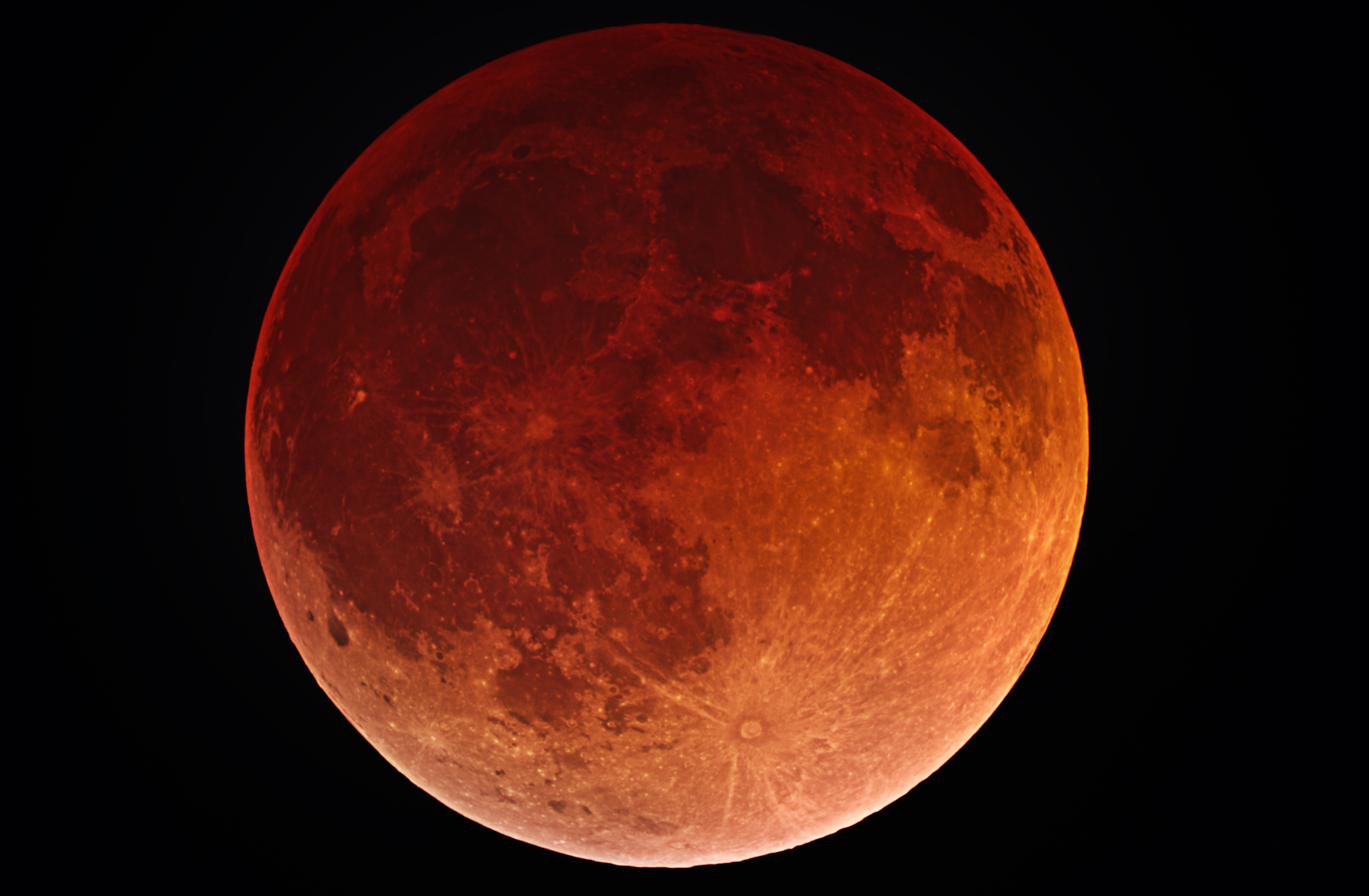
Blood moon eclipse will light up the sky on Friday night
This Friday night, the full moon will turn blood red in the longest total lunar eclipse of the century. Mars will be visible directly below the moon, and will appear the biggest and brightest that we have seen it in 15 years.
During a lunar eclipse, the Earth moves directly between the sun and the moon. As the moon enters into Earth’s shadow, it’s appearance will shift to a rusty orange or blood red color from the sunlight that is filtered through our atmosphere.
According to the BBC, the volcanic dust from eruptions in Hawaii and Guatemala could make this particular blood moon appear a deeper shade of red than usual. Mars will become visible directly below the moon, and Jupiter will be visible to some viewers in the southwestern part of the sky.
The total phase of the eclipse will last for one hour and 43 minutes, while the entire eclipse will last for over six hours.
Unfortunately, the eclipse will not be visible from North America, with the exception of a small portion of eastern Canada and parts of the eastern Caribbean, because it will occur during the day. The next full lunar eclipse that can be seen from North America will take place on January 21, 2019.
The Delta Aquariids meteor shower, which peaks on July 30, may be more vivid to skywatchers Friday night because of a drop in natural light pollution during the total lunar eclipse.
Later in the event, the International Space Station will appear as it moves quickly across the sky from west to east. It will look like the brightest star in the sky, and can be distinguished because it does not twinkle.
Robin Scagell is the vice-president of the Society for Popular Astronomy.
“A total lunar eclipse, Mars, Jupiter and the International Space Station. What more could you want?” said Scagell.
“You may see this very eerie-looking deep-red moon rising. We’ve all caught on to this lovely word ‘blood-moon.’ It certainly will look very strange.”
“In early days experiencing a total lunar eclipse would have felt like the end of the world. It’s not surprising people were terrified by it.”
Unlike a solar eclipse, no special glasses or equipment are needed for safe observation, and the event can be viewed the most clearly in an area with low light pollution. The next time there will be a total lunar eclipse that lasts this long will be June 9, 2123.
—
By Chrissy Sexton, Earth.com Staff Writer













